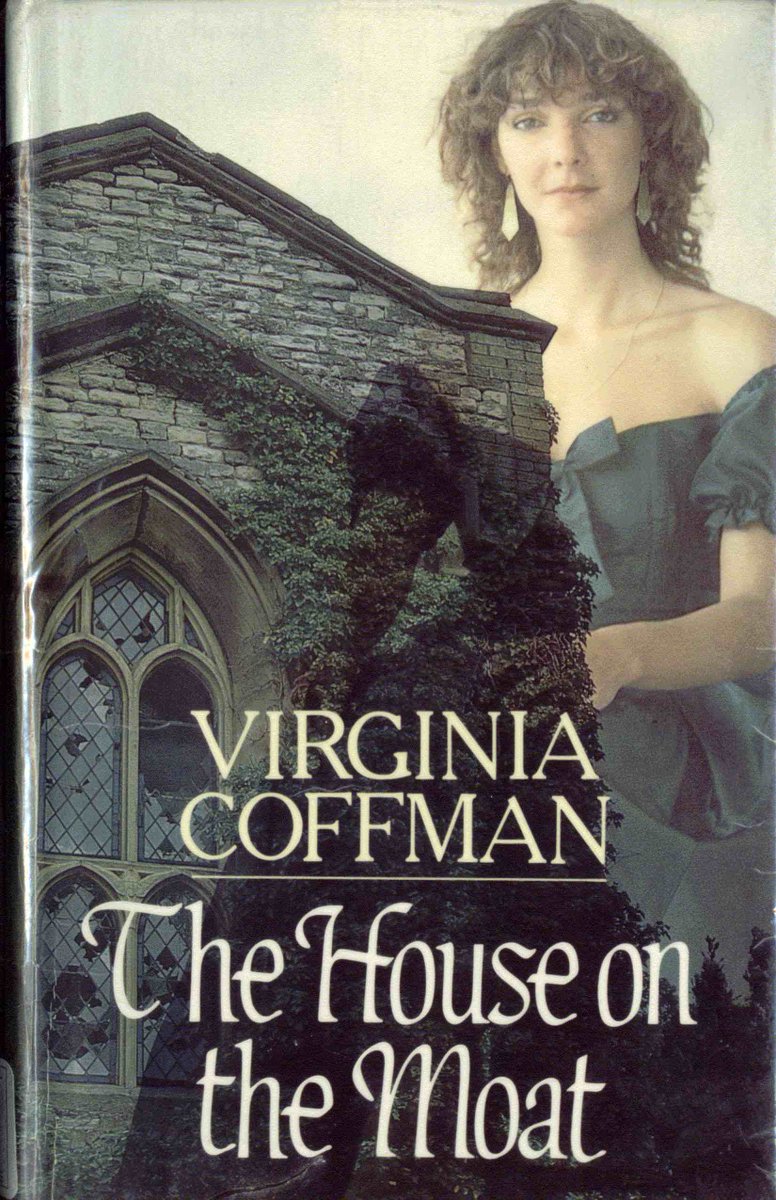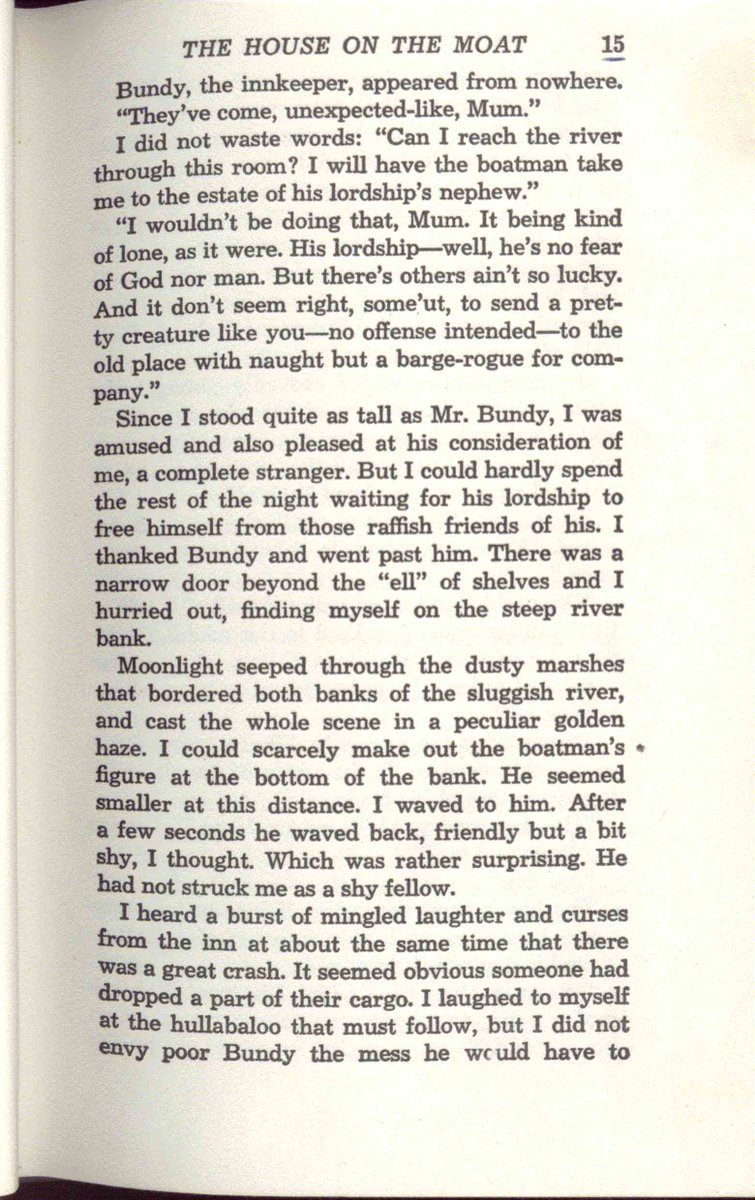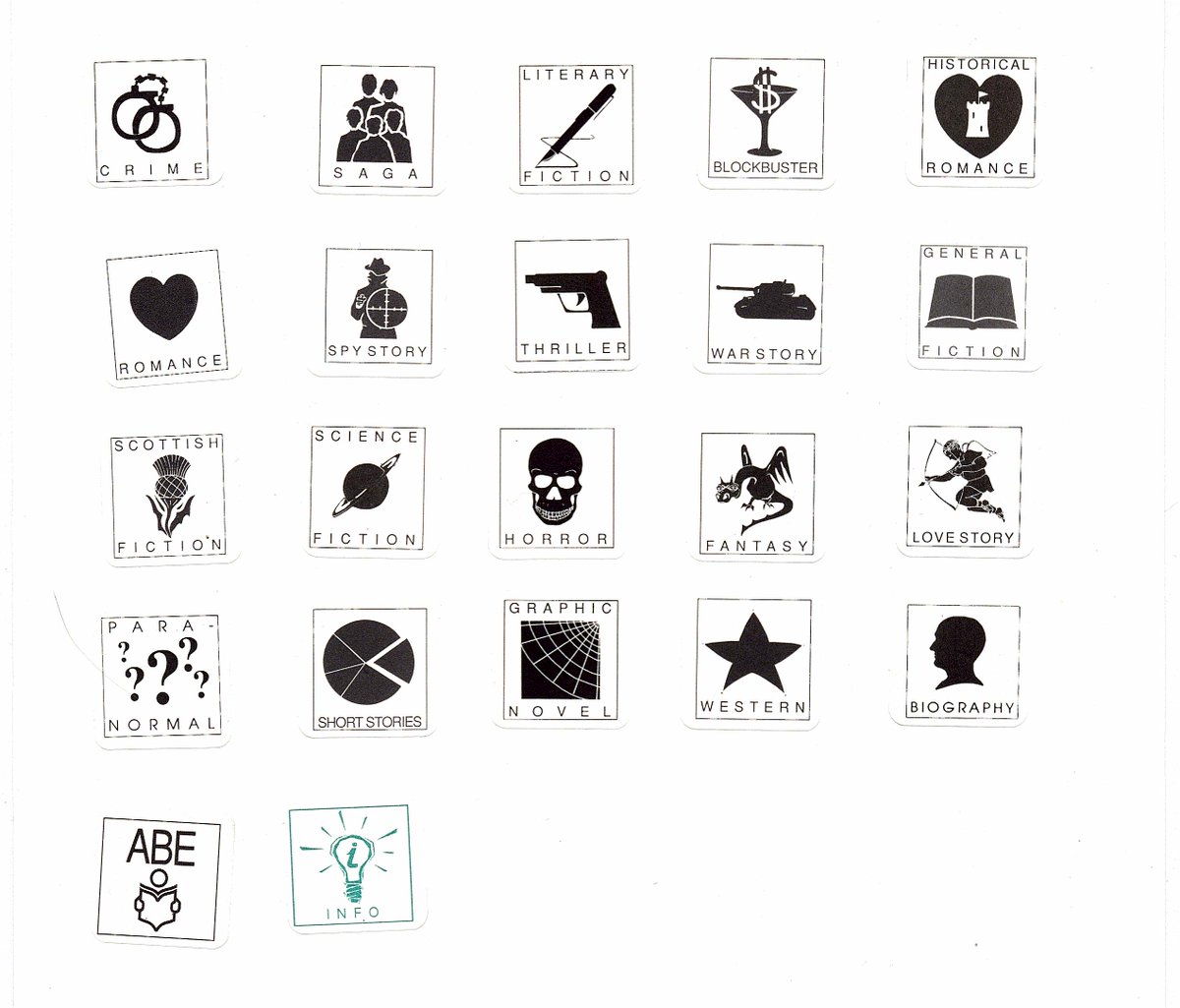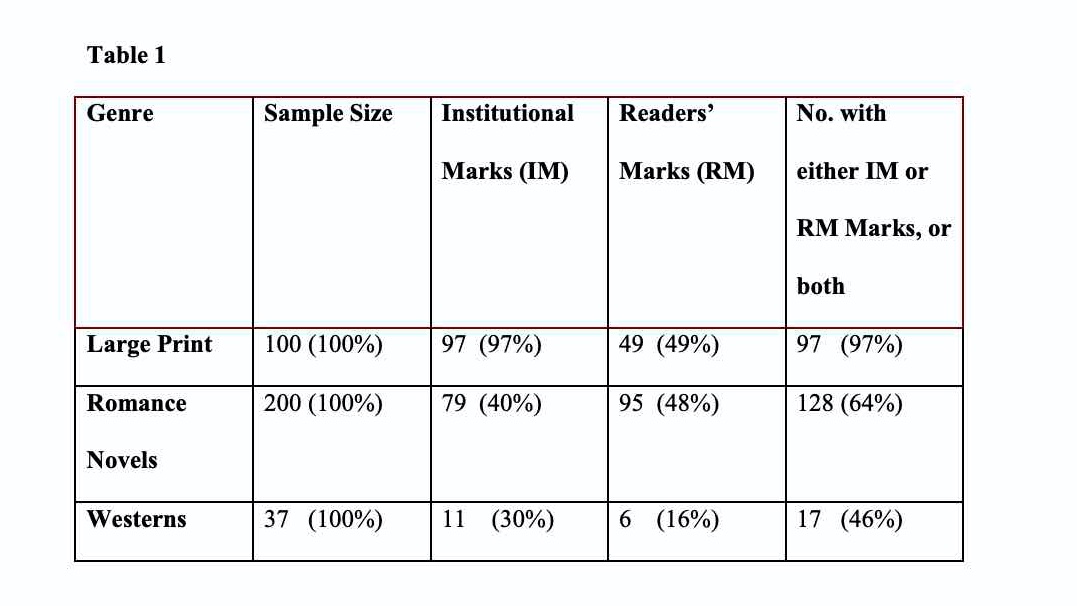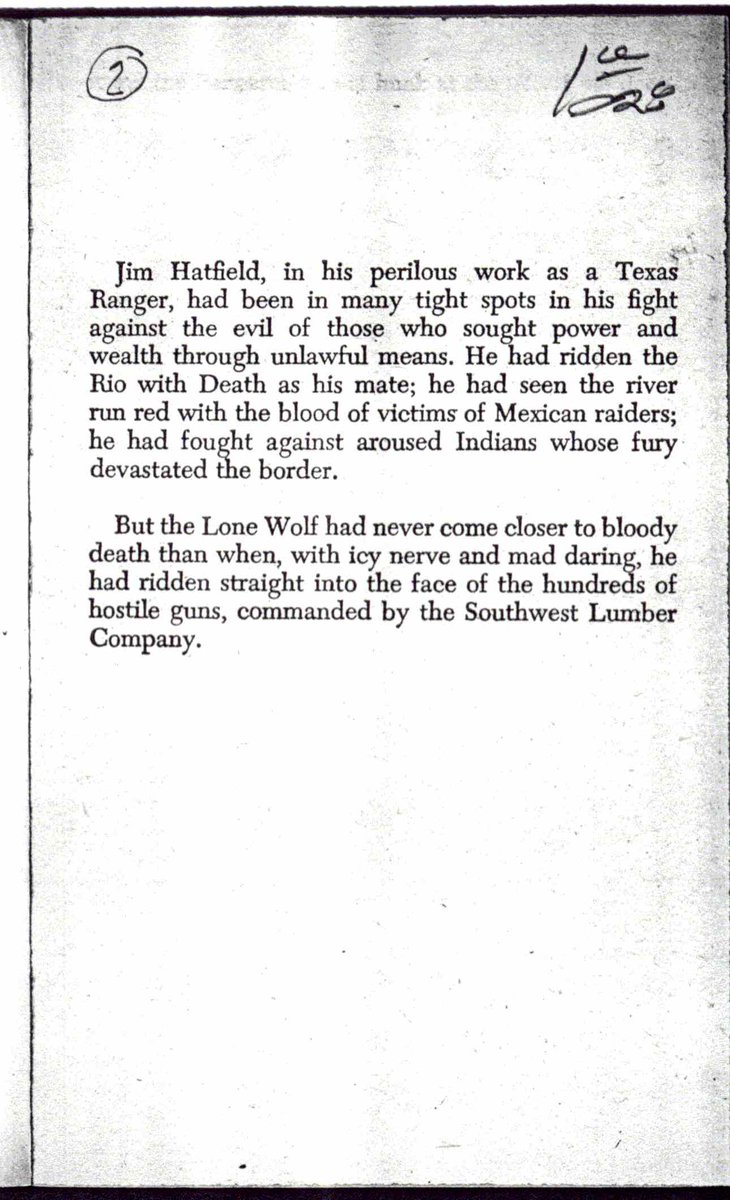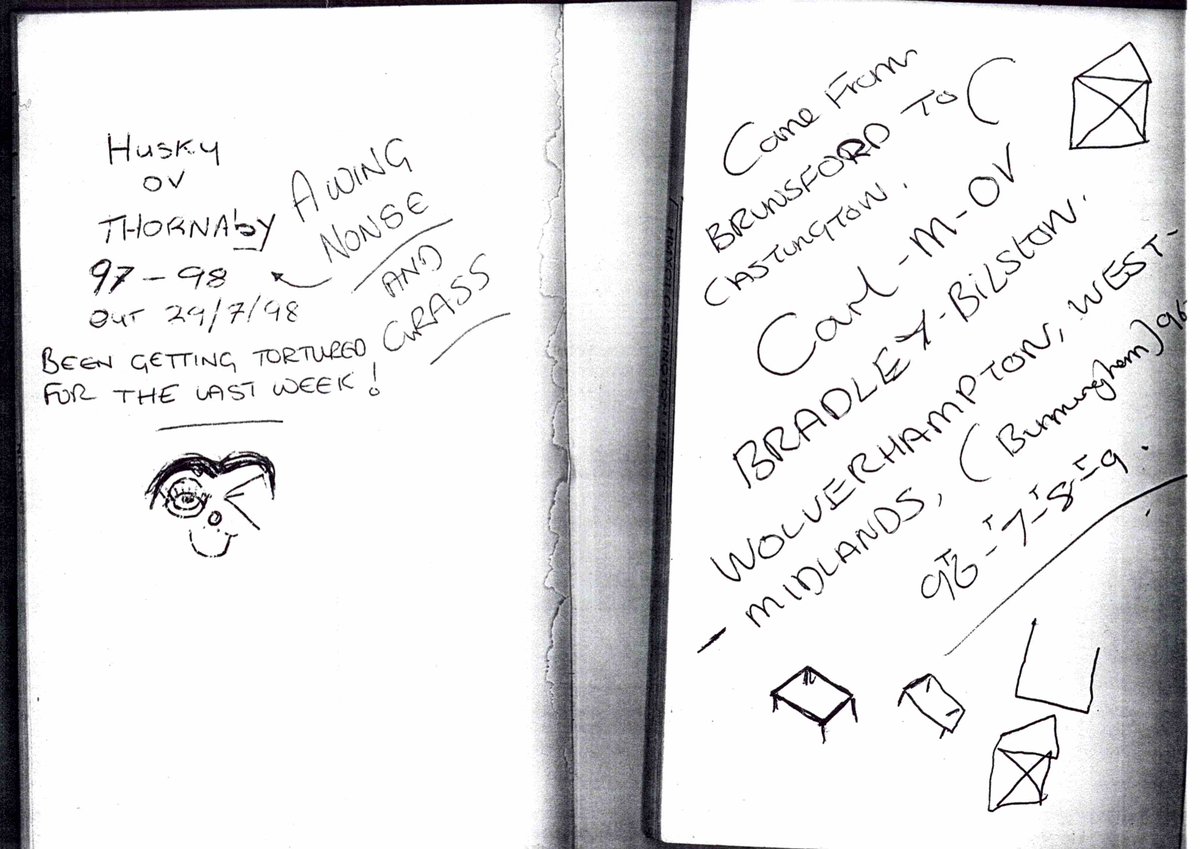Secret Signs: Readers’ Marks in Library Genre Fiction. A long thread, Part 1. Over 20 years ago I stumbled on a strange phenomenon, a secret society of sorts of illicit readers communicating through signs in library books. This long thread summarises what I found.
I was in a local library near the small flat I rented in a well heeled part of Edinburgh. I was perusing the shelves and idly picked up this book on my way past the Romance section.
What was it for? Did other books on the shelf have similar marks? I flipped through a few of the books next to it, and discovered a strange number of marks unaccounted for by library needs. Ticks, Xs, grades, circles. The letter R with numbers attached.
I asked the librarian if they knew anything about these marks. They couldn’t shed light on the ticks and notes, but told me about the R markings. The library ran a delivery service for housebound readers, bringing and retrieving book requests along particular, book bus routes.
As a quick shorthand way of picking relevant books off the shelf, they marked up books to note which reader was receiving which book on which route, noting route numbers (R3, R4) and circling the reader number on that route (3), (4)
They did not know what to make of the other signs embedded into the books themselves. I decided to find out how many books on the shelves had curious markings. I came back the next week and did a quick sampling of genre titles in Romance, Large Print and Western categories.
Identifying those titles was easy. The library operated a spine labelling system that enabled readers and library staff to pick out titles belonging to specific subjects and genres.
Small tags were fixed onto the spine of plastic covers protecting the book jackets, including genres such as Romances, Westerns, Horror, Science Fiction, Literary Fiction, Biography, general Information titles and books for early learners (ABE)
I surveyed what was available on the shelves that day (it was mid-week). My goal was to look for unusual marks and symbols that could not be accounted for normally. I looked through the front and back covers and did quick scans of the inside pages. In total I examined 337 books.
Of the 100 books I looked through in the Large Print section, all of them had institutional marks noting housebound reader preferences. But I also found distinctive readers’ marks in nearly half of these (49).
Of the 200 Romance novels examined, 79 had institutional marks, while 95 (or 48%) had readers’ marks.
I only had time to conduct a partial survey of Western genre fiction: of the 37 surveyed, 11 had institutional marks for housebound readers, and six had readers’ marks, giving a total of 17 documenting older readership (or 46% of the sample).
What type of marks did I find? On the insider covers I found dots, checks, ticks, crosses, initials and large Xs penned inconspicuously in the margins, corners or gutters.
I also found examples of livestock style ‘brands’, mainly in Westerns, of initials contained within a circle, sometimes in plain style or on occasion rather ornate in appearance. A US bookseller later sent me a good example from his stock, as seen here.
On the pages themselves I found page numbers that were underlined, circled or with an extra number pencilled in beside them (usually a zero, so turning page 100 into 1000, for example). A few had grades and assessments: B+, C. Marks were in pencil, black pen, coloured inks.
Here was proof that readers were interacting with books in undocumented ways. The question I wanted answered next: was this confined to my local library, or part of something bigger?
I started contacting librarians around the world to see what I could find. 1998 & 1999, queries issued to online listservs like Sharp-L and Ex-Libris. I received over thirty responses from individuals in Australia, New Zealand, Canada, U.S.A., England, Wales and Scotland
The anecdotal comments received showed that my Edinburgh readers were not unique in marking up library books: the types of marks I had observed in Edinburgh also showed up in library books around the world. And done for various reasons. Here’s what they told me.
In the majority of cases, genre fiction annotations seemed to be done for the purpose of memory recall, as aide-memoirs to keep track of what had been read. This was particularly true in the branding of Westerns I’d noticed in the Edinburgh library.
One Canadian correspondent who worked in the Regina Public Library reported that their shelves included several Westerns with branded covers, including initials, and marks such as a ‘“Double t connected” that looks like “tt” with a single horizontal line connecting them’
A correspondent from Devon, England noted finding such marks in Western genre titles circulating on mobile library runs through West Devon farming and labouring communities, which ‘were popular in the area amongst male readers, including my father’.
Such marks in general were not only for the benefit of individual readers, but also for family or friends taxed with the duty of choosing books for the absent reader. A UK correspondent wrote about her mother, then in her 90s, who was a keen reader of mystery and adventure.
Not very mobile, her mother, she wrote, ‘marked books with a D in the gutter of the back cover, to help us choose books for her she hasn’t read. As sh§§e is now re-reading some of them, she has recently changed her colour from black to red.’
A Midlands prison librarian sent me copies of library pages that had been tagged by inmates. It was a way of marking their presence in the system. Though it revealed little of what they thought of the books…
An interesting aspect of marks correspondents noted was their use in judging and evaluating the worth of the book, to decide whether to read it or not. There was the straightforward grading of the work: A, B+, that I had found in my sample.
The second form of assessment, however, was more intriguing, and based on recognition of individual tags. Readers used recognised readers’ tags or individual marks to judge whether or not to read a new addition to the genre collection
As one English respondent wrote, ‘My mom is a great fan of both murder stories and readers’ marks. Although she doesn’t use a mark herself, she recognises several at her local library and uses these as a form of quality assessment for previously unread authors.’
As she noted further, for her mother, some marks were from like minded readers, so she knew that a book with one of these marks would usually suit her taste. ‘Others she knew from experience not to touch with a bargepole’
Another sign of the popularity and worth of a book could be found in the critical massing of readers’ marks. The more marks there are clustered on the inside covers the book, the more valued it became.
An Australian respondent respondent noted this in an academic library used by overseas students studying English as a Second Language, students initialled the due date slips of books they found helpful. Others followed suit, until the slips were fully covered in initials.
Some libraries actively supported this. A library service in Geelong, Australia wrote included a printed slip in the back of the book just so that readers could make their marks on an officially sanctioned space. ‘A great response to this micro-practice,’ noted one patron.
A further pattern also noted was that involving reader rivalry and competition. In the case of certain genre fiction areas, such as horror and mystery, the latest works by popular authors were often highly sought out just after they are published and issued to the libraries.
Signs became a way of asserting authority and ownership: the reader’s mark a symbol of being quickest off the mark in their community to read the prized new publication.
As one librarian reported to me, ‘There is a certain kudos attached to being the first to get the “new Stephen King” or “latest Virginia Andrews”, and knowing that your tag was the first on the back cover.’
What did this demonstrate in the end? My short lived plunge into secret reading communities revealed fascinating behaviour that is likely not to be found anymore, given the way libraries have moved fully into digital automation of library accounts.
Readers have easier online access to their borrowing records, and the physical marking up of books fades away with the disappearance of an older generation of readers used to marking physical trails of their reading and borrowing habits.
Such marks and branding were examples of readers’ attempts to make sense or even take possession of material in genre formats. It was a branding of ‘brands’ of genre fiction by fans and readers, not only for individual reasons but also for communicating to each other.
Given the number of current and future generations of readers engaging with online access to library collections and general media sources, it is likely that such communication between book covers by communities of readers is now a forgotten historical phenomenon.
I wrote up this topic as an article for a number of library history journals and essay collections at the time, but there was little interest in the result. I am putting this on Twitter because the work and my findings are now a historical artefact. Perhaps more use here
Nice to see this has been well received. Always happy to hear of any other examples folks have spotted along these lines in libraries

 Read on Twitter
Read on Twitter